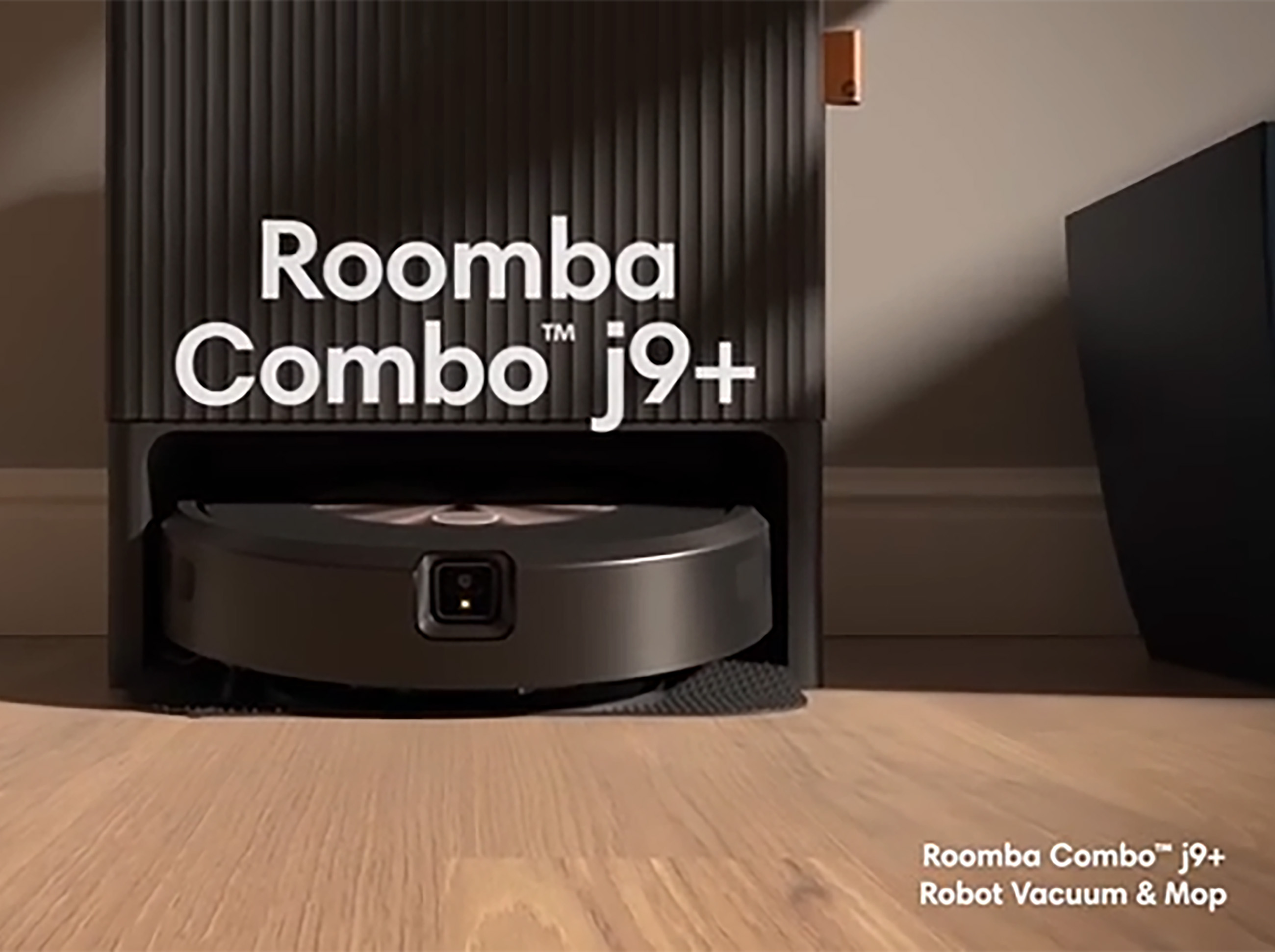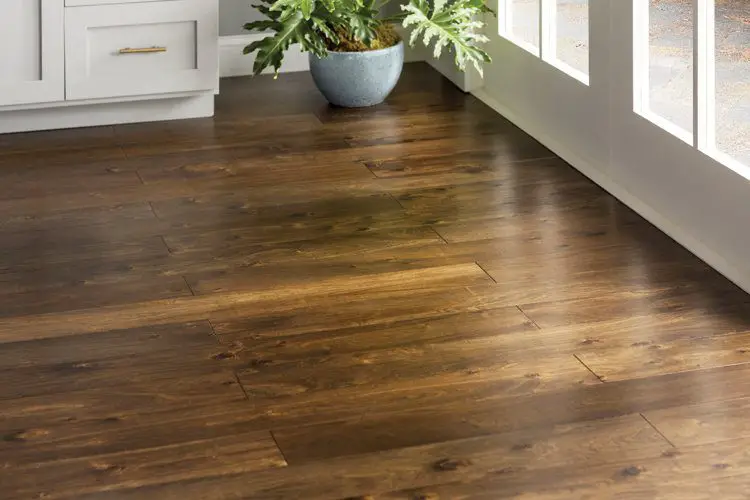Laminate wood floors are synthetic flooring products crafted to mimic the appearance of hardwood. Engineered wood floors, on the other hand, are composed of multiple layers of real wood, with a top layer of hardwood veneer.
Cost Comparison
When deciding between laminate wood flooring and engineered wood flooring, cost is a crucial factor to consider. Both options have their own initial and long-term costs that can impact your budget and overall decision-making process. Let’s explore the cost comparison of laminate wood flooring and engineered wood flooring in detail.
Initial Cost
The initial cost of laminate wood flooring is generally lower compared to engineered wood flooring. Laminate flooring is composed of a synthetic layer that mimics the appearance of real wood. It is made by fusing multiple layers of material together, including a photographic layer that replicates the desired wood grain. Due to its manufacturing process and composition, laminate flooring tends to be more affordable.
On the other hand, engineered wood flooring is made up of multiple layers of real wood, with a top layer of hardwood veneer. The real wood component contributes to the increased cost of engineered wood flooring. Although it offers the authentic look and feel of hardwood, it comes with a higher price tag.
Long-term Cost Considerations
While laminate wood flooring may have a lower initial cost, it’s essential to consider the long-term cost implications. Laminate flooring is generally less durable compared to engineered wood flooring. Over time, laminate flooring may show signs of wear and can be easily scratched or damaged, especially in high-traffic areas.
Engineered wood flooring, on the other hand, is more durable and can withstand regular wear and tear. Its top layer of hardwood veneer can be refinished multiple times, allowing you to refresh the surface and extend its lifespan. This durability can potentially make it a more cost-effective option in the long run, as you won’t have to replace it as frequently as laminate flooring.
It’s worth noting that the durability of both flooring options also depends on the quality of the materials used. Higher-quality laminate and engineered wood flooring will generally be more durable but might come with a higher price.
In summary, while laminate wood flooring may be the more budget-friendly option upfront, engineered wood flooring offers better long-term durability, potentially reducing the need for replacement. It’s essential to consider your budget, lifestyle, and preferences to determine which option offers the best overall value for your specific needs.

Credit: www.homedepot.com
Durability And Maintenance
When evaluating durability and maintenance between laminate wood floor and engineered wood, the latter stands out for its resilience and low upkeep requirements. Engineered wood offers a longer lifespan and superior resistance to wear and tear compared to laminate flooring, making it a practical choice for long-term investment.
Durability and maintenance are crucial factors to consider when choosing between laminate wood flooring and engineered wood flooring. Both options have their unique properties that affect their resistance to wear and tear as well as their maintenance requirements. In this section, we will explore these aspects and delve into the differences between laminate wood flooring and engineered wood flooring when it comes to their durability and maintenance.
Wear And Tear Resistance
Laminate wood flooring excels in wear and tear resistance, making it a popular choice for high-traffic areas in homes or commercial spaces. The durability of laminate comes from its multi-layer construction, which includes a wear layer that protects the floor from scratches, stains, and fading. With its strong resistance to wear and tear, laminate wood flooring can withstand the daily activities of a busy household without showing significant signs of damage.
On the other hand, engineered wood flooring also exhibits impressive durability, thanks to its layered construction. Engineered wood flooring consists of a real wood veneer layer on top of a composite core. This layered structure provides additional stability and strength, making it more resistant to warping, buckling, and other forms of damage compared to solid wood flooring.
Compared to laminate wood flooring, engineered wood flooring has a distinct advantage when it comes to refinishing. Engineered wood floors can be sanded and refinished multiple times, allowing you to restore their original beauty and extend their lifespan.
Maintenance Requirements
Both laminate wood flooring and engineered wood flooring are relatively easy to maintain, but there are some differences worth noting.
Laminate wood flooring requires minimal maintenance, making it an attractive option for those seeking convenience. Its smooth surface makes it easy to clean with regular sweeping and occasional damp mopping. Laminate’s wear layer also acts as a protective barrier against spills and stains, reducing the need for extensive maintenance.
Engineered wood flooring, while also low-maintenance, requires a bit more care than laminate. It is essential to promptly wipe away any liquid spills to prevent moisture from seeping into the wood veneer layer and causing damage. Regular vacuuming or sweeping to remove dirt and debris is crucial to prevent scratches. To maintain the natural luster and beauty of engineered wood flooring, occasional polishing or reapplication of a protective finish may be necessary.
In conclusion, both laminate wood flooring and engineered wood flooring offer excellent durability and require minimal maintenance. Laminate is particularly resistant to wear and tear, whereas engineered wood flooring provides the added benefit of refinishing. Whether you prioritize wear resistance or the ability to refinish, considering your specific needs and preferences will help you make the best decision for your space.
Aesthetics And Versatility
Laminate wood flooring and engineered wood flooring each offer distinctive characteristics in terms of aesthetics and versatility. When exploring the options for your flooring needs, it’s essential to consider factors such as the aesthetic options and installation flexibility provided by each type of flooring.
Aesthetic Options
Laminate wood floors are known for their wide range of aesthetic options. Featuring numerous styles, colors, and patterns, laminate flooring can effortlessly mimic the appearance of various natural materials, including wood, tile, and stone. This versatile flooring option allows for customization to complement any interior design theme and create a unique ambiance in different spaces.
Installation Flexibility
Engineered wood flooring offers exceptional flexibility in installation. Its construction, comprising multiple layers of wood veneers, enables the installation of engineered wood flooring over a variety of subfloors, including concrete, plywood, and existing wood floors. This makes it a highly adaptable option for homes with diverse flooring requirements and architectural challenges, providing smooth installation even in challenging environments.

Credit: www.flooringmdscarpetonefloorandhome.com
Environmental Impact
Sustainability Factors
Choosing between laminate wood floor and engineered wood involves considering their environmental impact.
Eco-friendly Aspects
Laminate wood floor is generally made of composite wood materials, whereas engineered wood contains a higher proportion of natural wood. This difference influences their ecological footprint.

Credit: www.prnewswire.com
Frequently Asked Questions On Laminate Wood Floor Vs Engineered
Which Is Better Laminate Or Engineered Hardwood?
Engineered hardwood offers natural wood beauty and durability. Laminate provides a cost-effective, low-maintenance alternative. Both have pros and cons, depending on your needs and budget. Consider factors like moisture resistance, installation options, and overall longevity when making your choice.
What Are The Disadvantages Of Laminate Flooring?
Disadvantages of laminate flooring include susceptibility to moisture damage, may show scratches and dents, cannot be sanded or refinished, and less luxurious feel compared to hardwood or tile floors.
What Are The Negatives Of Engineered Wood Flooring?
Engineered wood flooring can be more susceptible to moisture damage compared to solid wood. It may also have a shorter lifespan and be more challenging to refinish. However, it can still provide a beautiful and cost-effective alternative to solid wood flooring with its durability and easy installation.
Is Engineered Vinyl Plank Better Than Laminate?
Yes, engineered vinyl plank is better than laminate due to its durability, water resistance, and realistic wood look.
Conclusion
When choosing between laminate wood flooring and engineered wood flooring, it ultimately comes down to your specific needs and preferences. Both options offer unique benefits and drawbacks, so it’s essential to carefully consider factors such as durability, maintenance, and cost.
By weighing these considerations, you can make an informed decision that suits your home and lifestyle.


